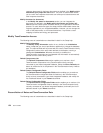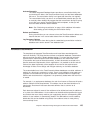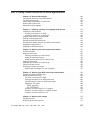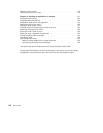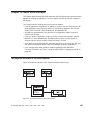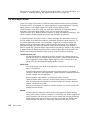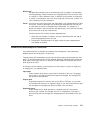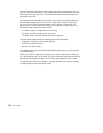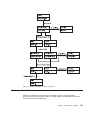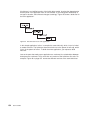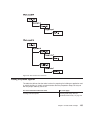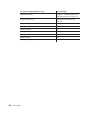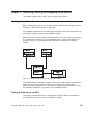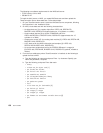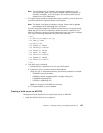Though parent-child relationships usually imply that the parent part generates the child
part, in a TeamConnection build it is the opposite. Because TeamConnection places the
build output at the top of the tree, it refers to the build output as the parent and to the
build input as the child.
To understand how build output is generated, it may be easier to start at the bottom of
the build object model and work your way up. In Figure 44 on page 133, hello.h and
bye.h are C source files that are embedded in hello.c and bye.c, respectively. The
parser, parser1, is able to read hello.c and bye.c to determine files they embed. This
build object model contains three build events:
v The builder compiler1 compiles hello.c into hello.obj.
v The builder compiler1 compiles bye.c into bye.obj.
v The builder linker1 links hello.obj and bye.obj into msgcat.exe
This build object model contains the following parent-child relationships:
v msgcat.exe is the parent of hello.obj and bye.obj.
v hello.obj is the parent of hello.c
v bye.obj is the parent of bye.c
You establish these parent-child relationships between parts when you create the parts
in TeamConnection.
Before you can build msgcat.exe, for example, you need to create a place-holder part
for it and designate linker1 as its builder. You then create place-holder parts for hello.obj
and bye.obj and designate compiler1 as their builder and msgcat.exe as their parent.
“Creating the build tree for the application” on page 184 walks you through an example
of creating the build tree for this object model.
132 User’s Guide



